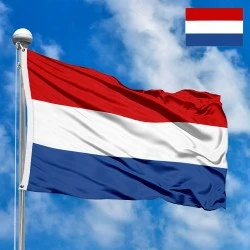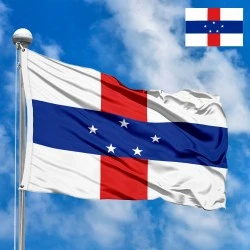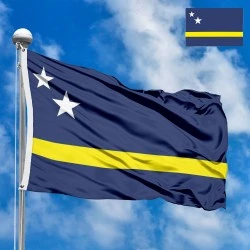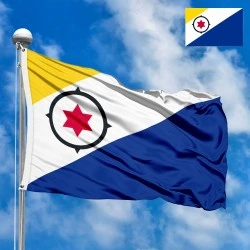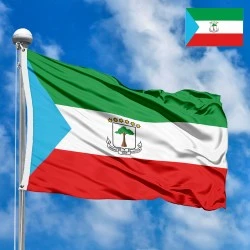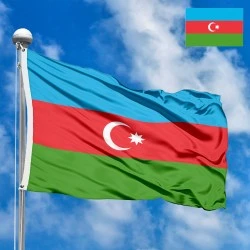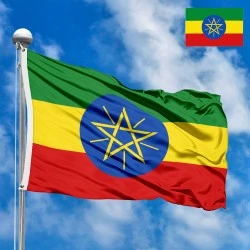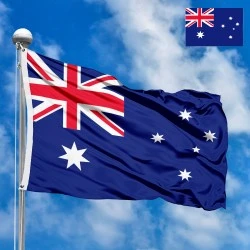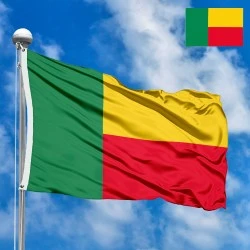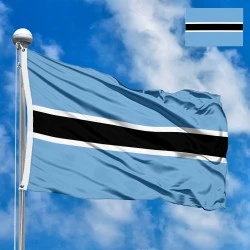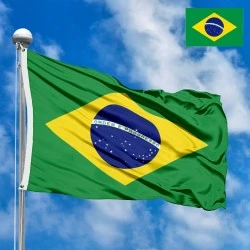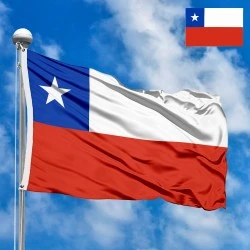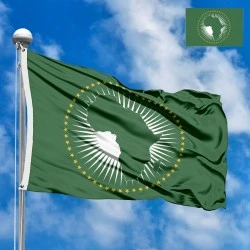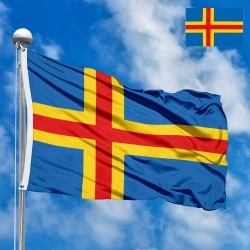Flag of Aruba
- Flag Type: Regional
- Proportions (official): 2:3
- Official name: Aruba
- Local name: Aruba
- Sovereignty (year): NO (Constituent country of the Kingdom of the Netherlands)
- Country code, territory: AW, ABW, 533
- Capital: Oranjestad
- Large cities: San Nicolas, Noord, Paradera
- Population: ~108,000 (2024, estimate)
- Religions: Christianity ~80%
- Area (km²): 180
- Highest point: Hooiberg (165 m)
- Lowest point: Caribbean Sea (0 m)
- Currency: Aruban florin (AWG, ƒ)
- Languages: Dutch, Papiamento
- Dialing code: +297
- National domain: .aw
Flag Information
General information
Demography and Culture
Economy and communications
- All Flags
- Flags of Countries by Continent
-
Flags of Organizations
- Flags of UN countries
- Flags of the European Union countries
- Flags of NATO countries
- Flags of the countries of the Organization of Islamic Cooperation
- Flags of the countries of the Organization of American States
- Flags of the Arab League countries
- Flags of the African Union countries
- Flags of the countries of the Union of South American Nations
- Flags of the Commonwealth of Nations
- Flags of the countries of the Secretariat of the Pacific Community
- Flags of the Nordic Council countries
- Flags of the Caribbean Community
- Flags of the countries of the Association of Southeast Asian Nations
- Flags of the East African Community
- Flags of the countries of the Organization of Turkic States
- LGBT Community Flags
- Historical Flags
- Ethnic Flags
- Flags of the USA (states)
Description
The flag of Aruba is a powerful symbol of national identity, a testament to the island's unique history, vibrant culture, and aspirations for the future. Officially adopted on March 18, 1976, along with the national anthem "Aruba Dushi Tera," the flag's design is a thoughtful combination of elements that represent the island's key characteristics and its special status within the Kingdom of the Netherlands. This day is celebrated annually as a national holiday, known as Flag and Anthem Day, demonstrating the deep pride the Aruban people have for their emblems.
Design and Symbolism: A Visual Story
The flag of Aruba features a light blue field with two narrow, horizontal, parallel yellow stripes in the lower part and a four-pointed red star with a white fimbriation (border) in the upper hoist corner. Each color and element carries a profound and layered meaning.
-
The Blue Field (Larkspur Blue): The dominant blue color represents the vast Caribbean Sea that surrounds the island, a constant and life-giving presence. It also symbolizes the sky, peace, hope, and the island’s future. The specific shade, often referred to as "Larkspur Blue" or "U.N. Blue," signifies Aruba's connection to the world and its peaceful international relations.
-
The Two Yellow Stripes: These two narrow stripes, strategically placed in the lower half of the flag, are rich in symbolism. They primarily represent the two main industries that have historically driven Aruba's economy: tourism and industry. The upper stripe can symbolize the constant flow of tourists to the sun-drenched beaches, and the lower stripe can stand for the past and present industries, such as gold mining, aloe vera production, and oil refining. The color yellow itself is a symbol of abundance, gold, and the bright, sunny climate. It also represents the "Wanglo" flower, a native plant that covers the island in yellow blossoms after rain, symbolizing prosperity and life. Furthermore, these stripes signify Aruba's status aparte, a unique and separate position within the Kingdom of the Netherlands, a goal the island actively pursued.
-
The Red Star: The striking red star in the upper left corner is the flag's most complex and symbolic element. It is four-pointed, which is vexillologically unusual. This design element represents the four cardinal directions (North, South, East, and West), acknowledging the diverse origins of the island's population, which has welcomed people from over 90 different nationalities. The star also serves as a direct representation of the island itself, an island of red soil (the color of the star) surrounded by white sandy beaches (the white border) and the blue sea (the blue field). The red color is a symbol of patriotic love for the country and a tribute to the indigenous people who sacrificed their lives for the island's freedom.
-
The White Fimbriation: The thin white border around the red star has a dual meaning. It represents the beautiful white sandy beaches that are a hallmark of the island's tourism. Additionally, it symbolizes the purity and honesty of the Aruban people, who strive for justice, order, and liberty.
History and Creation: From Aspiration to Reality
The quest for a distinctive national flag began in the early 1970s, as Aruba pursued greater autonomy. Previously, the island was part of the Netherlands Antilles and used that federation's flag. In 1976, a committee was formed to select a design for the new flag. A competition received over 700 entries, and from these, a final design was created and refined. The flag was officially adopted on March 18, 1976. This date is historically significant as it marked the acceptance of a plan for Aruba's "status aparte" — a formal separation from the Netherlands Antilles, with the goal of becoming a constituent country within the Kingdom of the Netherlands, which was officially achieved on January 1, 1986.
Size and Proportions
The flag of Aruba has a width-to-length ratio of 2:3. This standard proportion ensures the flag maintains its visual integrity and correct display. The precise colors are also officially defined: the blue is Larkspur Blue (a specific shade of light blue), the yellow is Bunting Yellow, the red is Union Flag Red, and the white is a standard pure white.
Interesting Facts and Local Significance
The flag is much more than a national symbol; it is a source of immense local pride and a daily reminder of the island’s values.
-
A Symbol of Unity in Diversity: The four-pointed star and its meaning of the four cardinal directions beautifully reflect Aruba’s multicultural society, a place where people from all over the world live and work in harmony.
-
The Flag's Day: March 18 is a cherished national holiday where schools, businesses, and government offices close, and the entire island celebrates with parades, cultural events, and family gatherings. The day is dedicated to honoring the flag and the anthem and what they represent.
-
Dual Identity: The flag's unique design, separate from the Dutch tricolor, allows Arubans to express their distinct identity while still acknowledging their constitutional ties to the Kingdom of the Netherlands. It's a perfect emblem of their self-governing status and shared monarchy.
Significance for the People
For the inhabitants of Aruba, the flag is a beacon of their heritage and their future. It encapsulates a long journey towards self-determination and the successful establishment of a prosperous, multicultural society. The symbols speak to their deep connection to the sea and nature, their industrious spirit, their vibrant culture, and their unwavering commitment to a peaceful, just, and free life. The flag is a powerful and constant reminder that they are a people who have carved their own unique path, and it serves as a banner of hope and a source of collective pride for every Aruban.
In the demonstration images, full-size flags are shown with proportions of 2:3, and hand-held flags with proportions of 1:2.
Donation
Download
Completely free for commercial and non-commercial use (public domain).
You can freely use them in your news magazines, websites, software, mobile applications.
We appreciate a backlink to https://flagssite.com
Raster files - Flag of Aruba (PNG, JPG)
 Waving flag
Waving flag
- PNG format (transparent background), 72dpi, dimensions in Pixels (px), aspect ratio 3:4.
- 15х20 px
- 30х40 px
- 60х80 px
- 120x160 px
- 240x320 px
 Sizes:
Sizes:
"v15" - image size (by height); if necessary, replace with available: v15, v30, v60, v120, v240.
!!! For resizing, use the Latin (eng) keyboard layout.
<img src="https://flagssite.com/flags/v15/20539.png" alt="Flag of Aruba">
 Round flag
Round flag
- PNG format (transparent background), 72dpi, dimensions in Pixels (px), aspect ratio 1:1.
"d15" - image size (diameter); if necessary, replace with available: d15, d30, d60, d120, d240.
!!! For resizing, use the Latin (eng) keyboard layout.
<img src="https://flagssite.com/flags/d15/20539.png" alt="Flag of Aruba">
 Rectangular flag 2:3
Rectangular flag 2:3
- JPG format, 72dpi, dimensions in Pixels (px), aspect ratio 2:3.
"h30" - image size (by height); if necessary, replace with available: h15, h30, h60, h120, h240, h360, h480.
!!! For resizing, use the Latin (eng) keyboard layout.
<img src="https://flagssite.com/flags/h30/20539.jpg" alt="Flag of Aruba">


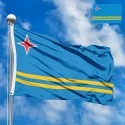
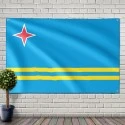
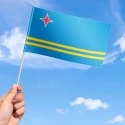
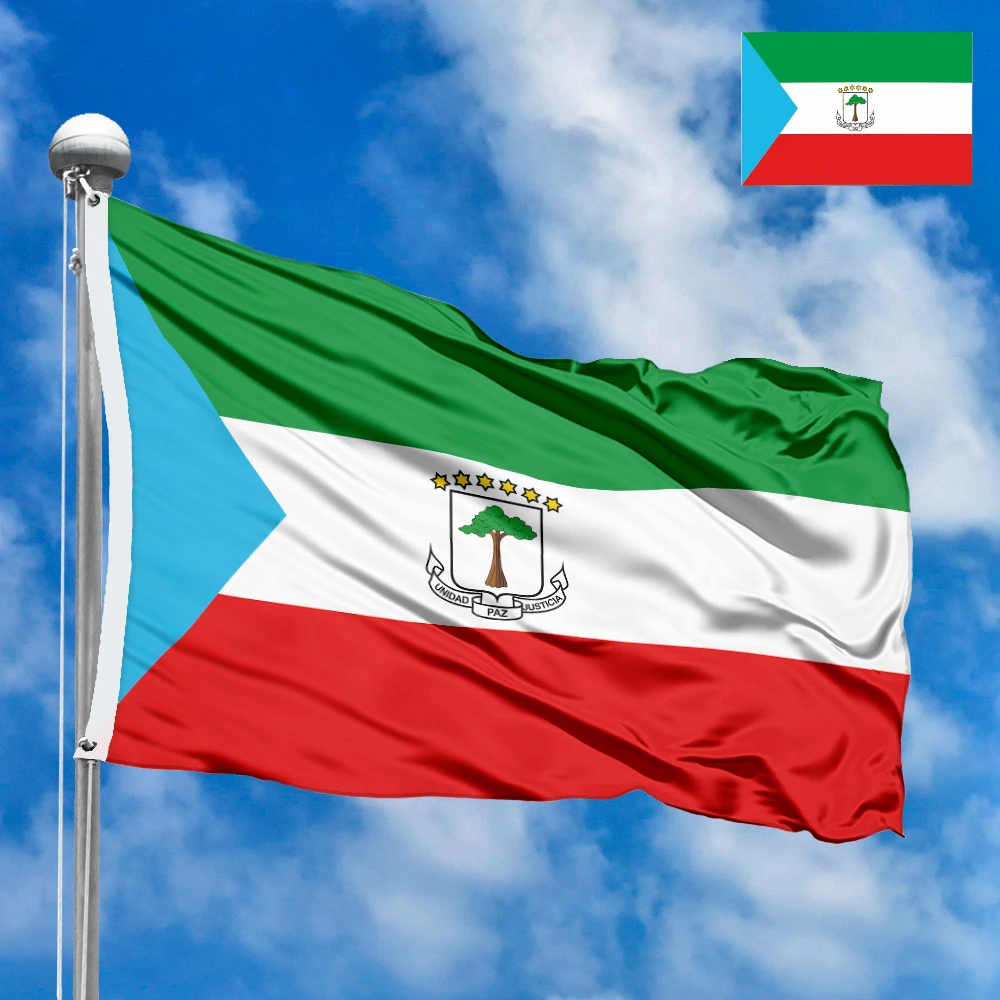

 Sizes:
Sizes:
 Sizes:
Sizes:
